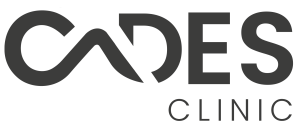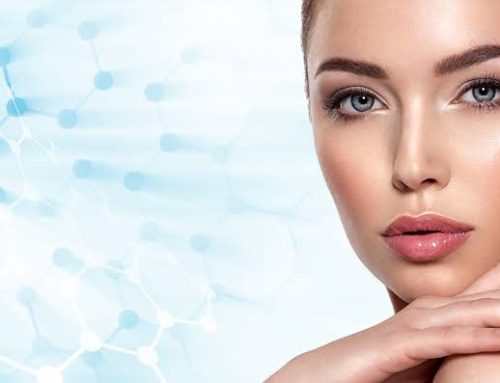Introduction
In recent years, Ozempic (semaglutide) has become a popular medication for managing type 2 diabetes and aiding in weight loss. While it has shown remarkable effectiveness in these areas, some users have reported experiencing a phenomenon known as “Ozempic face.” This term describes the facial aging effects that can occur due to rapid weight loss associated with the drug. In this article, we will explore what Ozempic face is, why it happens, how to prevent it, and the available treatment options to help individuals maintain a youthful appearance.

What is Ozempic Face?
Ozempic face refers to the facial aging effects observed in some individuals using the drug Ozempic (semaglutide), primarily prescribed for type 2 diabetes and weight management. This phenomenon is characterized by a hollowed, gaunt appearance due to rapid weight loss, resulting in sagging skin and loss of facial volume.
Why does Ozempic Face happen?
Ozempic facilitates significant and rapid weight loss by slowing gastric emptying and reducing appetite. This quick loss of body fat can lead to the reduction of facial fat, causing the skin to sag and appear older. Key signs include sunken eyes, gaunt cheeks, and loose, droopy skin.

How can you prevent Ozempic Face?
Discuss with your healthcare provider about adjusting the dosage or changing medications if rapid weight loss is a concern. Additionally, maintaining good hydration, consuming a protein-rich diet, and incorporating a skincare routine that promotes collagen production can help.
What are treatment options for Ozempic Face?
1. Dermal Fillers: Injectable fillers like hyaluronic acid (Juvederm, Restylane), calcium hydroxylapatite (Radiesse), and poly-L-lactic acid (Sculptra) can restore lost facial volume. These fillers vary in cost and duration of effectiveness, typically lasting from a few months to a couple of years.
2. Radiofrequency Microneedling: This treatment uses microneedles to deliver radiofrequency energy below the skin’s surface, stimulating collagen production and tightening the skin. It is a newer, non-invasive option.
3. Plastic Surgery: For more severe cases, surgical options like facelifts or fat transfer procedures may be necessary. These treatments can be quite expensive, often costing tens of thousands of dollars.
Celebrities and Ozempic Face:
The term “Ozempic face” has gained attention partly due to speculation around public figures:
– Kim Kardashian: Speculated to have experienced facial changes due to rapid weight loss.
– Rebel Wilson: Spoke about her weight loss journey and admitted to using weight loss drugs.
– Christina P.: Shared her experience with weight loss medications on her podcast.
– Tori Spelling: Discussed her use of tirzepatide and hormones for weight loss.
– Mama June Shannon: Revealed she started using semaglutide to manage her weight.
– Sharon Osbourne: Addressed the effects of weight loss drugs.
– Oprah Winfrey: Discussed her views on weight loss medications and body acceptance.
– Amy Schumer: Spoke about her brief and unpleasant experience with the drug.
– Sophie Turner: Criticized the drug’s promotion.
– Rosie O’Donnell: Mentioned her use of weight loss medications and their effects.
– Golnesa ‘GG’ Gharachedaghi: Opened up about using semaglutide for weight loss.
– Margaret Josephs: Talked about her weight loss journey with the help of peptides and hormone-replacement therapy.
What are alternatives to avoid Ozempic Face?
For those looking to avoid Ozempic face, alternative weight loss methods such as balanced dieting, regular exercise, and other medications with slower weight loss profiles may be considered. Always consult with a healthcare provider to find the most suitable and sustainable weight management plan.
Conclusion
Understanding Ozempic face and its implications is crucial for anyone considering or currently using Ozempic for weight loss or diabetes management. By being aware of the potential for facial aging, taking preventive measures, and exploring available treatments, individuals can make informed decisions that align with their health goals while maintaining a youthful, vibrant appearance. Always consult with healthcare professionals to tailor a plan that best suits your needs and ensures your overall well-being.
Disclaimer: The content on this blog is intended for general informational purposes only. It is not a substitute for professional medical advice, diagnosis, or treatment. Always consult qualified healthcare providers for personalized advice. Information regarding plastic surgery, dental treatment, hair transplant, and other medical procedures is educational and not a guarantee of results. We do not assume liability for actions taken based on blog content. Medical knowledge evolves; verify information and consult professionals. External links do not imply endorsement. By using this blog, you agree to these terms.





